Category: MySQL
-
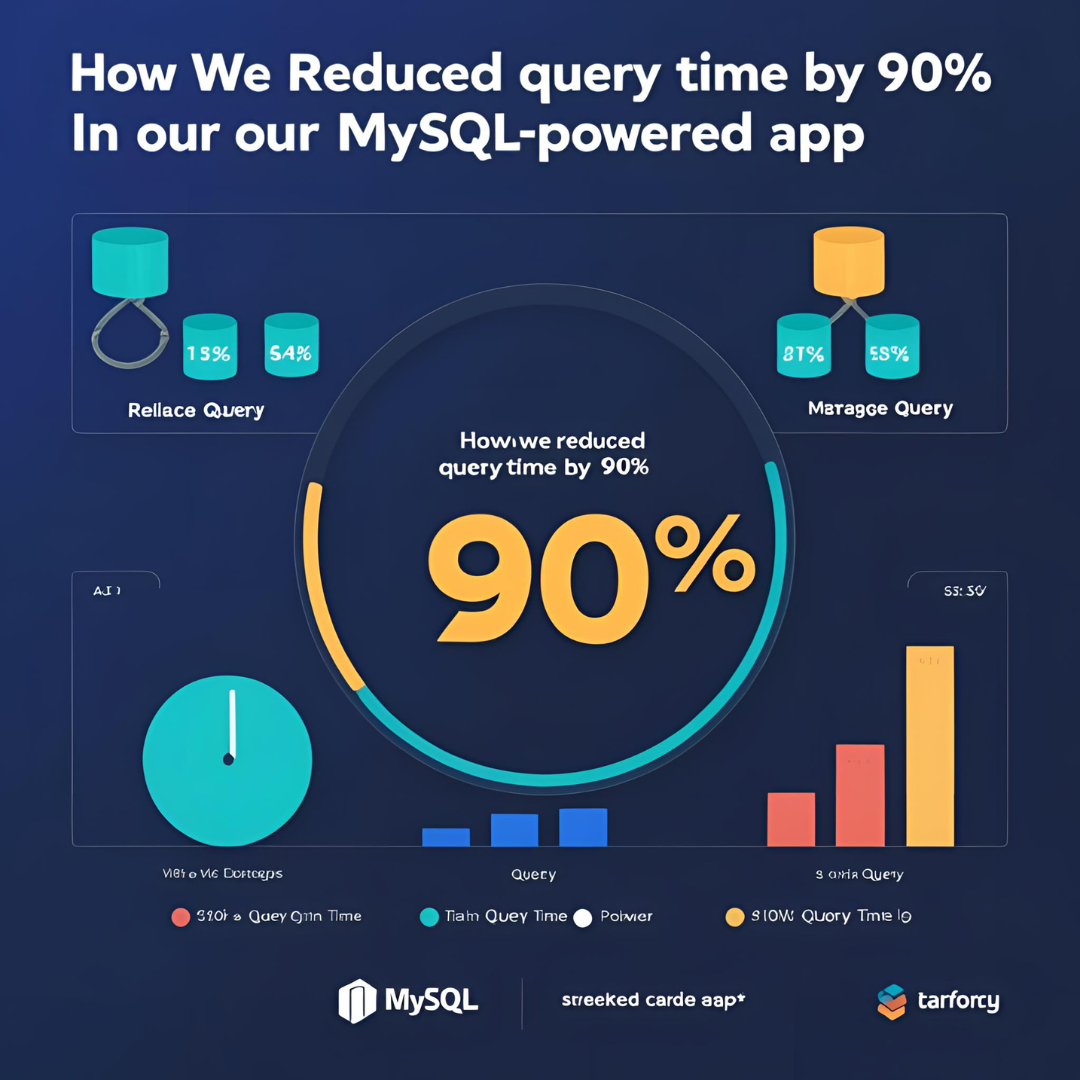
How We Reduced Query Time by 90% in Our MySQL-Powered App
When our user base doubled in six months, our once-speedy MySQL database began to show signs of strain. Reports that previously generated in seconds were taking minutes to complete, and our customer dashboard was becoming frustratingly slow. This post shares our journey of diagnosing performance bottlenecks and implementing targeted optimizations that ultimately reduced our query…
-

Using MySQL with Microservices: Patterns & Anti-Patterns
While microservices architectures and MySQL may seem like odd companions at first glance, many organizations successfully integrate this traditional relational database with modern distributed application designs. This article explores proven patterns for effectively using MySQL in microservices environments, as well as anti-patterns to avoid. Understanding the Challenge Microservices architecture emphasizes: Traditional MySQL deployments often encourage:…
-
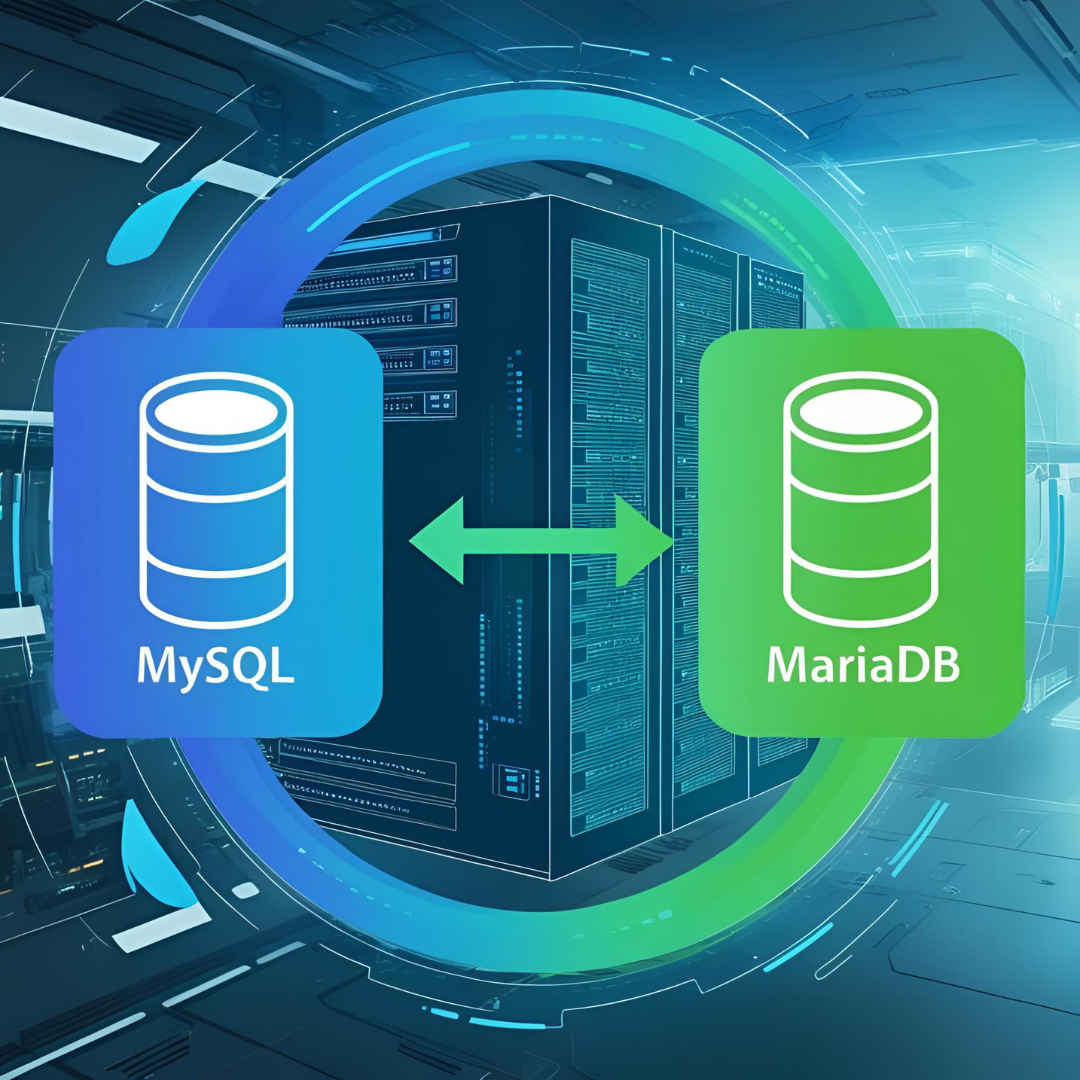
How to Migrate from MySQL to MariaDB Without Downtime
Migrating your database from MySQL to MariaDB while ensuring continuous availability is a critical operation that requires careful planning and execution. This guide provides a comprehensive approach to performing a zero-downtime migration, allowing your applications to continue functioning seamlessly throughout the process. Why Migrate from MySQL to MariaDB? Before diving into the migration process, it’s…
-
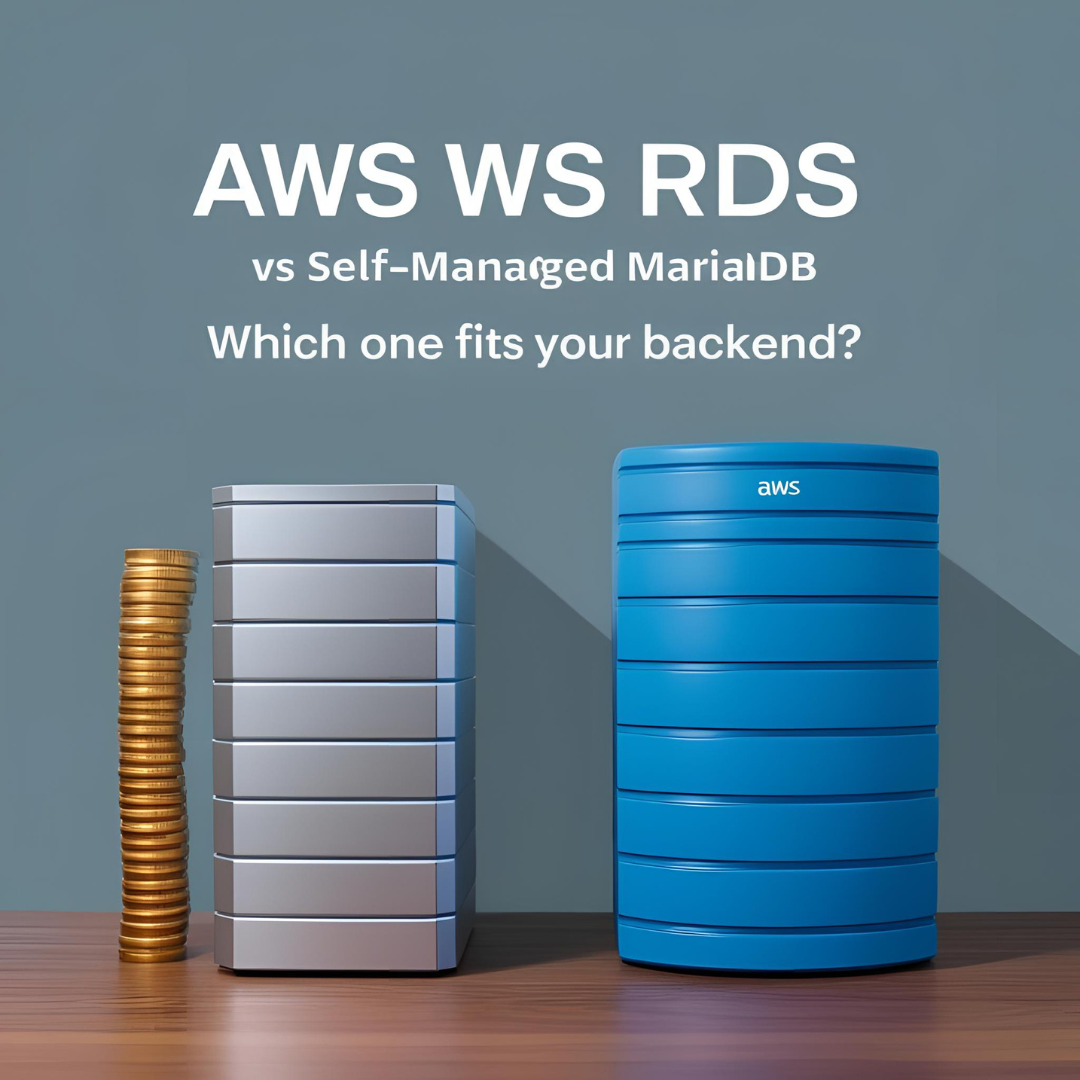
AWS RDS vs Self-Managed MariaDB: Which One Fits Your Backend?
Choosing the right database deployment strategy can significantly impact your application’s performance, reliability, and operational costs. This article compares two popular options for running MariaDB: Amazon’s Relational Database Service (RDS) and self-managed MariaDB deployments, helping you determine which approach best suits your specific backend requirements. AWS RDS for MariaDB: Managed Database Service Amazon RDS for…
-
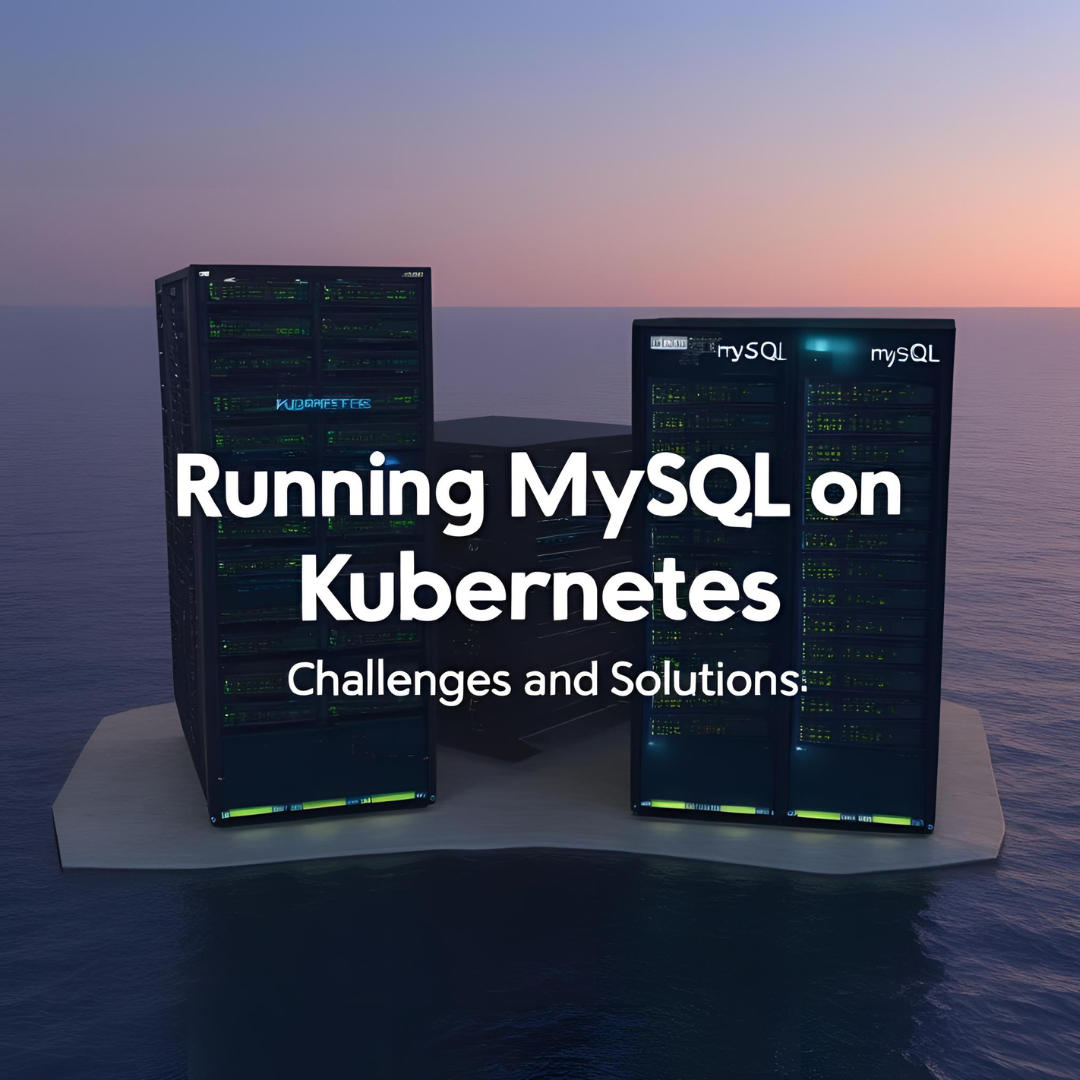
Running MySQL on Kubernetes: Challenges and Solutions
Deploying MySQL on Kubernetes offers remarkable flexibility and scalability, but it also presents unique challenges. This article explores the main challenges and practical solutions for operating MySQL databases in a Kubernetes environment. Challenges of Running MySQL on Kubernetes 1. Data Persistence Kubernetes is fundamentally designed for stateless applications, while databases like MySQL are stateful and…
-
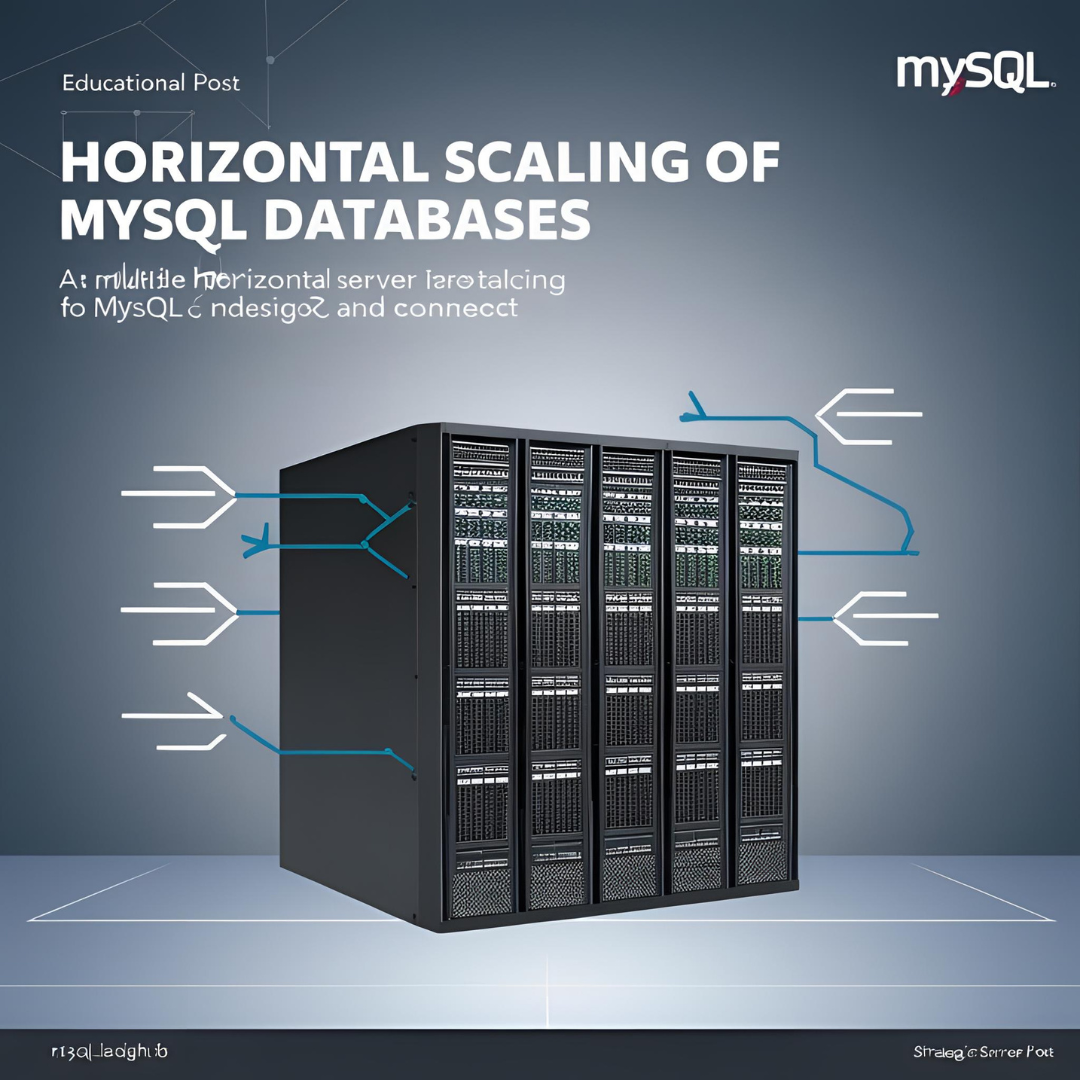
Sharding MySQL for Horizontal Scaling: Strategies & Trade-offs
As applications grow and user bases expand, database performance often becomes a critical bottleneck. When vertical scaling (adding more CPU, RAM, or faster storage) reaches its limits, horizontal scaling through sharding emerges as a powerful solution. This post explores MySQL sharding strategies, implementation approaches, and the inevitable trade-offs you’ll need to consider. What is Sharding?…
-
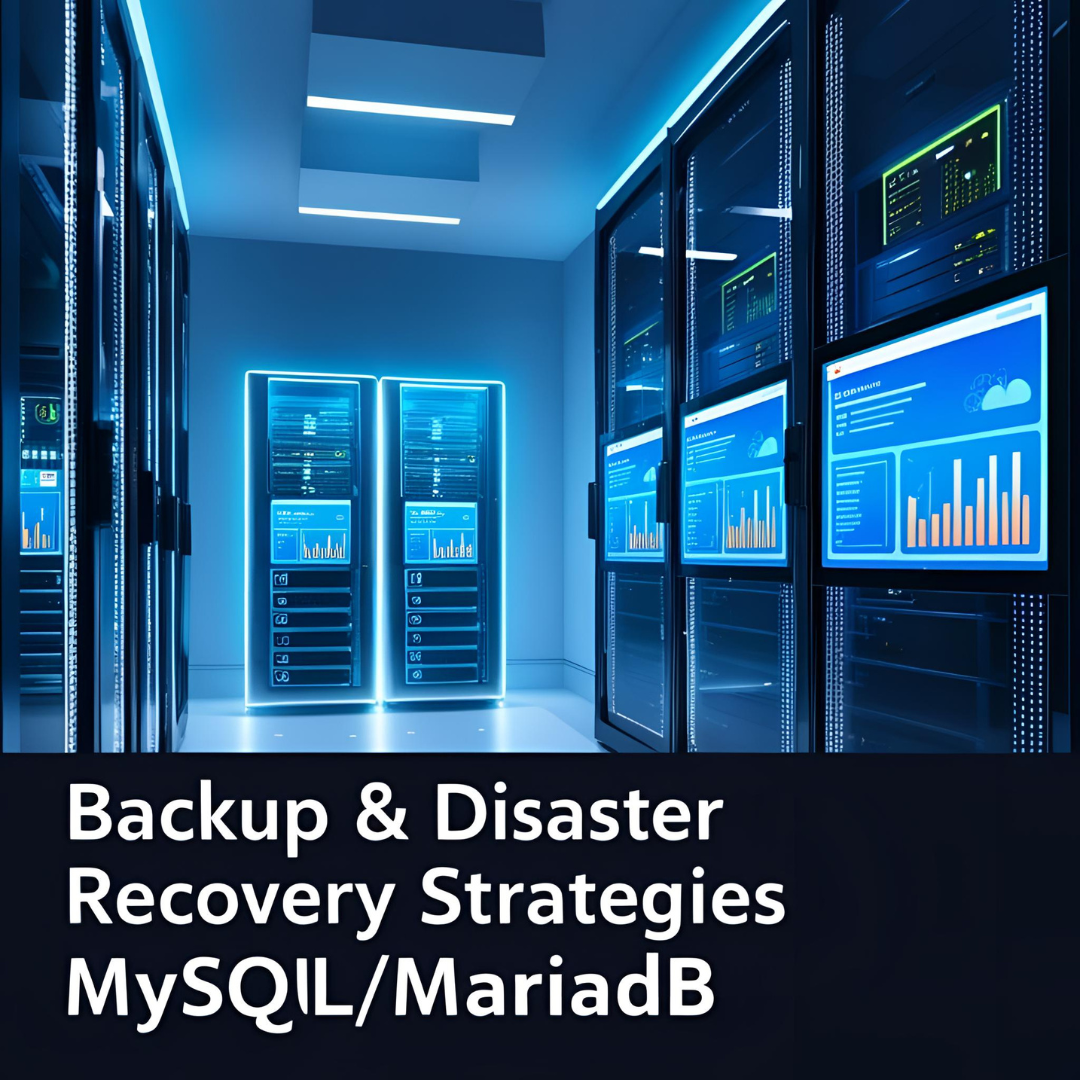
Backup & Disaster Recovery Strategies for MySQL/MariaDB
In the world of database management, a solid backup and disaster recovery strategy isn’t just good practice—it’s essential for business continuity. For organizations relying on MySQL or MariaDB databases, implementing robust backup procedures and having tested recovery plans can mean the difference between minor disruption and catastrophic data loss. This guide explores comprehensive backup and…
-
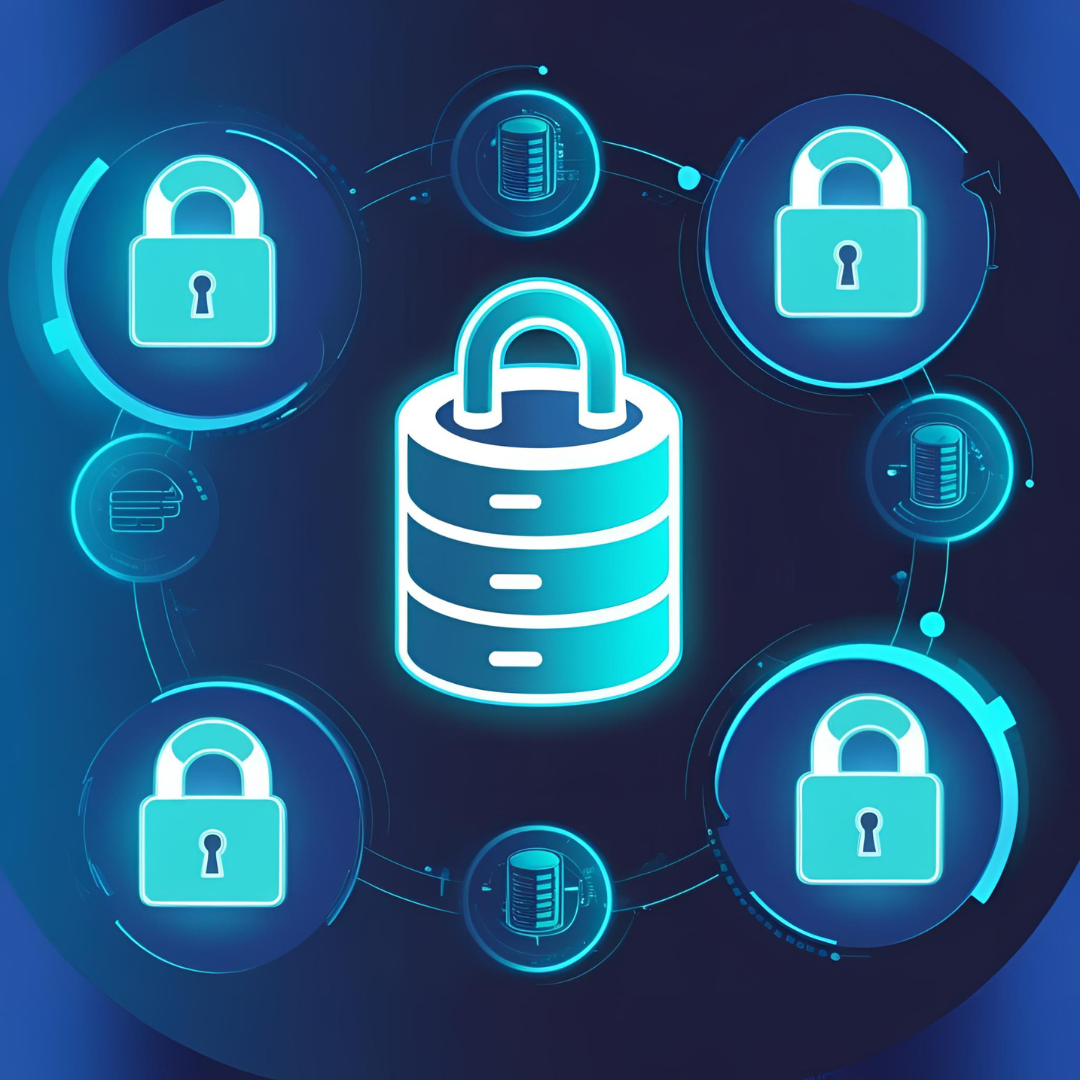
How to Encrypt Sensitive Data in MySQL Without Killing Performance
In today’s data-driven world, protecting sensitive information isn’t just good practice—it’s often a legal requirement. Regulations like GDPR, HIPAA, and PCI DSS mandate that organizations implement strong safeguards for personal and financial data. MySQL offers several encryption options, but implementing them without degrading database performance requires careful planning and execution. This guide explores practical approaches…
-
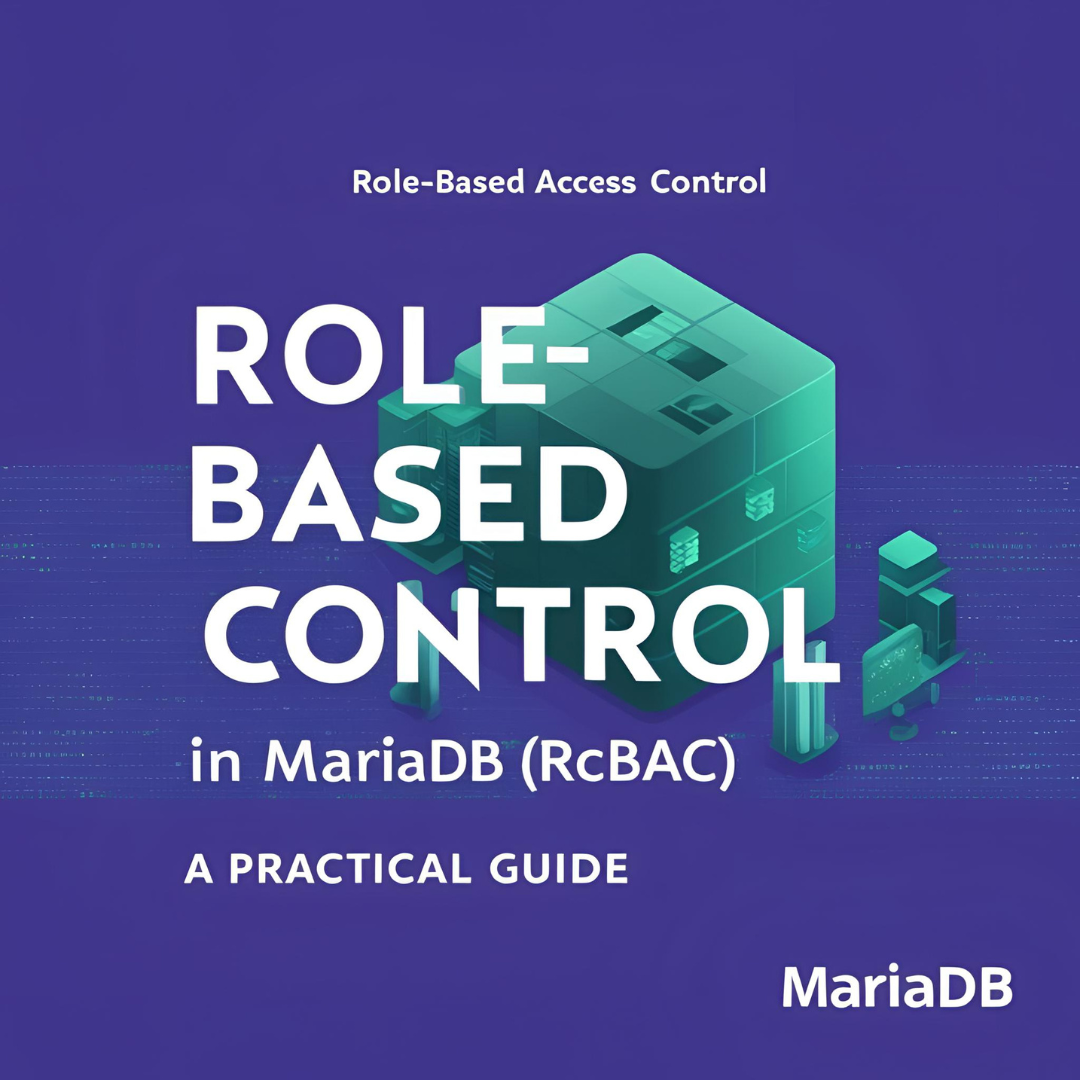
Role-Based Access Control (RBAC) in MariaDB: A Practical Guide
Database security is a critical aspect of any application architecture, and implementing proper access controls is fundamental to protecting sensitive data. Role-Based Access Control (RBAC) in MariaDB provides a powerful framework for managing user permissions in a scalable and maintainable way. This guide walks through the practical implementation of RBAC in MariaDB, with code examples…
-
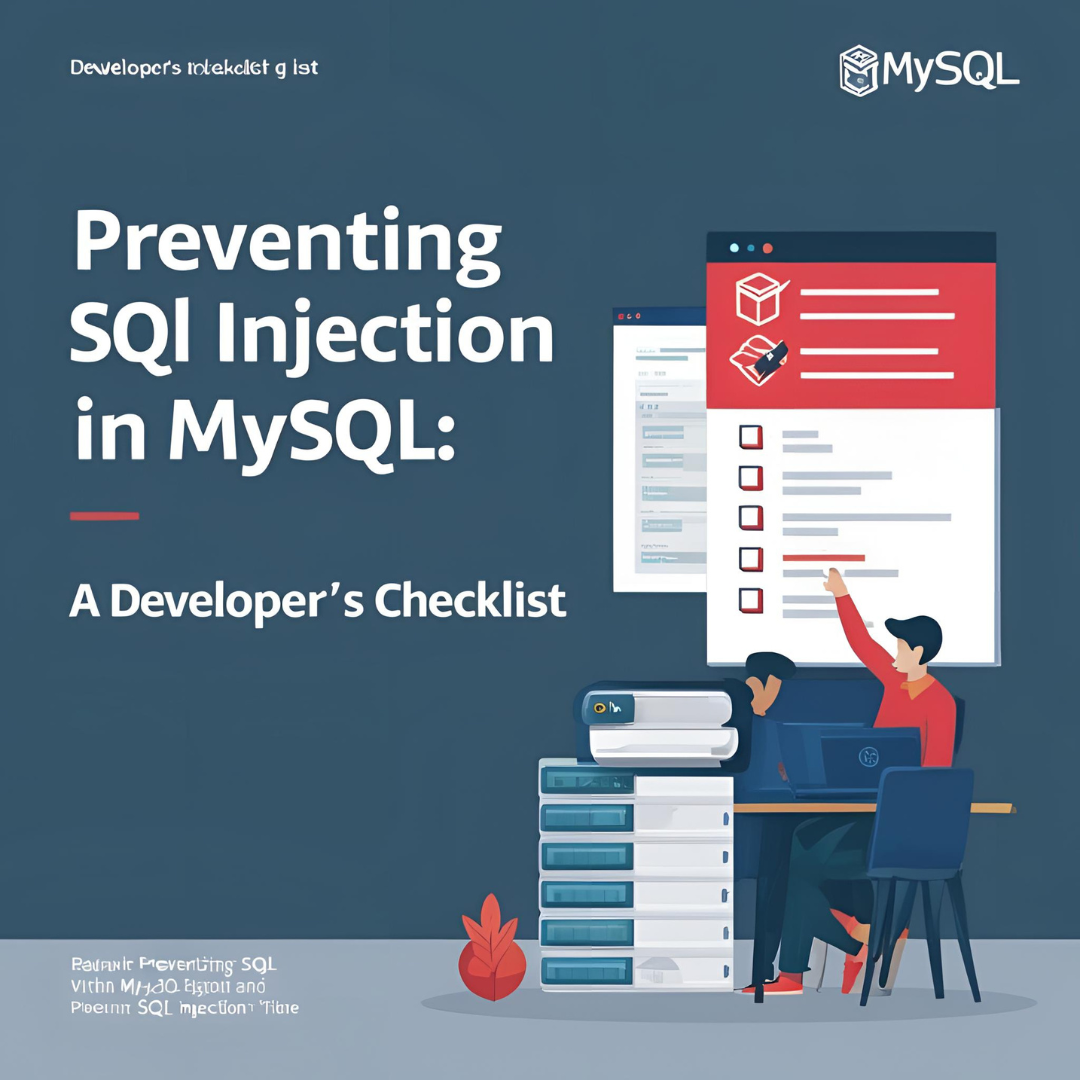
Preventing SQL Injection in MySQL: A Developer’s Checklist
SQL injection remains one of the most dangerous vulnerabilities for web applications, potentially allowing attackers to access, modify, or delete sensitive data. For developers working with MySQL databases, preventing SQL injection should be a top priority. This checklist provides concrete strategies and code examples to protect your applications from SQL injection attacks. Understanding SQL Injection…
